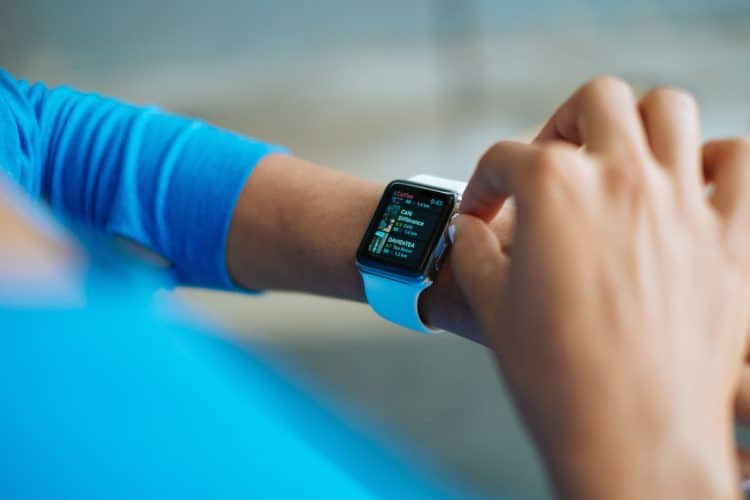The latest IDC Quarterly Wearables Tracker estimates that one million units of wearables were shipped in 2018Q2 with the top three brands retaining their position in the overall wearables market. This is the biggest quarter for wearables in India growing at 40% sequentially and 66% year-over-year.
IDC attributes the recent spurt to hedging against the anticipated implementation of national standard norms by the Bureau of Indian Standards (BIS) for the wearables category in the middle of 2018Q2.
Additionally, e-tailers brought in more shipments to meet the demand coming via various online shopping sales in June and July. The market remains attractive for new entrants, as it witnessed the entry of the new players from the fashion e-commerce, IOT and startups verticals in this quarter.
“After a relatively slow 2017, the market looks like finding its footing in 2018. Companies have increased their marketing spend, exploring alternate channels to sell their devices, and updating their platforms to increase the gamification and maximize the user engagement” said Jaipal Singh, Associate Research Manager, Client Devices, IDC India.
Outside of wristbands, which accounted for almost 90% of the shipments during the quarter, watches with wearable computing also grew 34% sequentially on back of new launches and affordable finance schemes in the channel. In the smartwatch category, watches which can run third-party applications on the device itself, Apple has emerged as a clear leader with one out of every three watches sold in India during the quarter belongs to this company.
With the implementation of the product standardization norms for wearables devices in India, IDC expects the long tail of wearable vendors, which includes many small and white label brands, to face the challenge of getting marginalized in the next few quarters. The brands who are aggressive on pricing will be the prime beneficiary of this consolidation.
Commenting on the recent consumer trends, Navkendar Singh, Associate Research Director, IDC India. added “Today, health is becoming a priority in urban India and consumers are opting for the fitness bands to monitor their routine, and are also comfortable to spend on fitness devices to have a healthy lifestyle. However, large numbers of users are still facing difficulties to see the real value from these devices in absence of any tangible benefits”. He further highlights that “vendors need to develop services ecosystem around it to keep the users motivated and drive the repeat purchase”.



